Soup, a culinary staple across cultures and continents, holds a unique place in the heart of every food lover. Its warmth, comfort, and versatility make it an ideal choice for any meal, from a light starter to a hearty main course. But how does one go about crafting a perfect bowl of soup? This comprehensive guide will delve into the essentials of making soup, from selecting ingredients to perfecting cooking techniques, ensuring you can whip up a delicious, nourishing soup every time.
Understanding the Basics
Before diving into recipes, it’s crucial to grasp the fundamental principles of soup-making. Soup is essentially a liquid dish that can be thin and broth-like or thick and creamy, depending on the ingredients and cooking method. It typically contains a base (such as water, stock, or broth), vegetables, meat, or seafood, and often seasonings and herbs for flavor.
a. Choosing the Right Base:
- Water: Simple and versatile, suitable for clear soups.
- Stock/Broth: Adds depth of flavor; can be homemade or store-bought. Chicken, beef, vegetable, and fish stocks are common.
- Dairy Products: Cream, milk, or yogurt can be used for creamy soups.
- Broths from Scratch: Making your own broth involves simmering bones, vegetables, and herbs for hours, extracting maximum flavor and nutrients.
b. Balancing Ingredients:
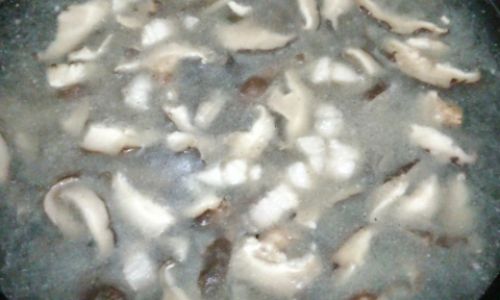
- Vegetables: Fresh, frozen, or canned; choose based on season and preference. Root vegetables like carrots, potatoes, and celery are robust and add body. Leafy greens and tomatoes provide vitamins and acidity.
- Proteins: Chicken, beef, pork, fish, tofu, or legumes can be the star. Choose lean cuts for clearer broths.
- Grains and Pasta: Add texture and substance, especially in heartier soups. Barley, rice, lentils, and pasta are popular choices.
- Seasonings and Herbs: Salt, pepper, garlic, onions, and various herbs (like thyme, bay leaves, parsley) are essential for flavor.
Preparing Ingredients
Proper preparation is key to a successful soup.
a. Dicing and Slicing:
- Uniformly cut vegetables ensure even cooking. Small dice for quicker cooking, larger chunks for slower simmering.
b. Sautéing Aromatics:
- Start with onions, garlic, and sometimes carrots or celery in a pot with oil or butter. This creates a flavorful base known as a mirepoix.
c. Blanching and Puréeing:
- Blanch vegetables briefly in boiling water for vibrant color and texture before adding to the soup. Puréeing some or all of the soup can create a smooth, creamy texture.
Cooking Techniques
Different techniques yield distinct soup styles.
a. Boiling and Simmering:
- Boiling involves rapid bubbling at 100°C (212°F), useful for cooking pasta or vegetables quickly. Simmering, a gentle boil, is crucial for developing flavors and extracting nutrients from bones and vegetables.
b. Stewing and Braising:
- Stewing involves cooking meat or vegetables in liquid at a low temperature for an extended period. Braising adds a bit of fat (like butter or oil) and often covers the pot, perfect for tenderizing tough cuts of meat.
c. Pressure Cooking:
- Modern pressure cookers can quickly break down ingredients, reducing cooking time while retaining flavors and nutrients.
d. Blending and Puréeing:

- For creamy soups, blend cooked ingredients until smooth. Use an immersion blender for convenience or transfer to a countertop blender (allow cooling first to avoid explosions).
Seasoning and Flavor Enhancement
Seasoning is an art form in soup-making.
a. Salt and Pepper:
- Salt enhances flavors; add it gradually and taste frequently. Pepper adds a spicy kick.
b. Acidity:
- A splash of vinegar, lemon juice, or tomato paste can brighten flavors and balance richness.
c. Herbs and Spices:
- Fresh herbs like parsley, cilantro, and dill add freshness. Dried herbs and spices like paprika, cumin, and curry powder can transform a basic soup into something exotic.
d. Finishing Touches:
- A drizzle of olive oil, a sprinkle of cheese, a dollop of sour cream, or a handful of chopped herbs can elevate your soup to the next level.
Storage and Reheating
Proper storage ensures your soup stays fresh and flavorful.
a. Cooling and Refrigeration:
- Allow soup to cool to room temperature before transferring to airtight containers. Store in the refrigerator for up to a week.
b. Freezing:
- Freeze soup in portions for future meals. Label containers with dates and contents.
c. Reheating:
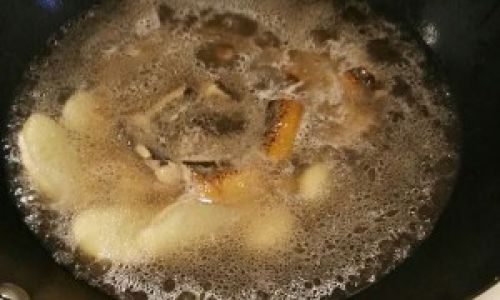
- Reheat gently on the stovetop or in the microwave, stirring occasionally to prevent sticking and to maintain a uniform temperature.
Creative Variations
Soup-making is a canvas for creativity.
a. International Flavors:
- Experiment with global cuisines: Thai coconut soup, Italian minestrone, French onion soup, or Indian lentil dhal.
b. Seasonal Adaptations:
- Use seasonal produce for freshness and variety. Summer soups might feature zucchini, tomatoes, and basil, while winter versions could spotlight root vegetables and hearty broths.
c. Vegetarian and Vegan Options:
- Substitute meat with beans, lentils, tofu, or tempeh. Use vegetable broth and ensure all seasonings are vegan-friendly.
d. Dietary Restrictions:
- Gluten-free by using rice or corn pasta, and ensuring broths and seasonings are free of gluten. Low-carb by focusing on vegetables and lean proteins.
In conclusion, making soup is not just about following recipes; it’s about understanding the principles behind each step and adapting them to your taste and dietary needs. With patience, practice, and a willingness to experiment, you’ll soon be crafting soups that warm the soul, nourish the body, and delight the palate. Happy soup-making!
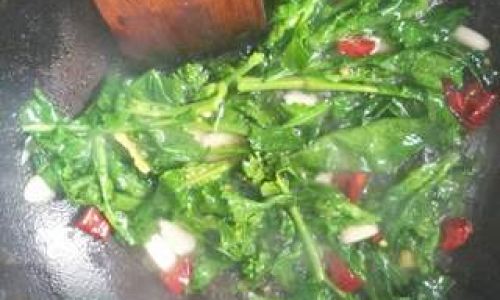
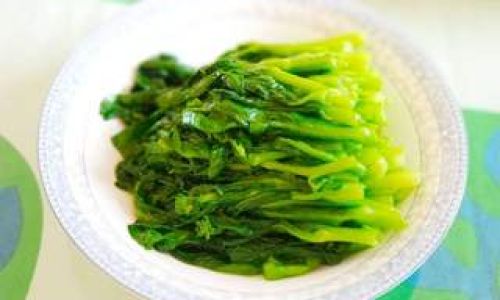
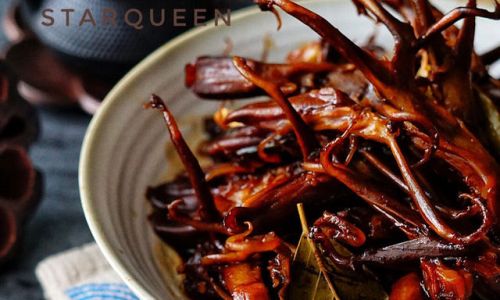

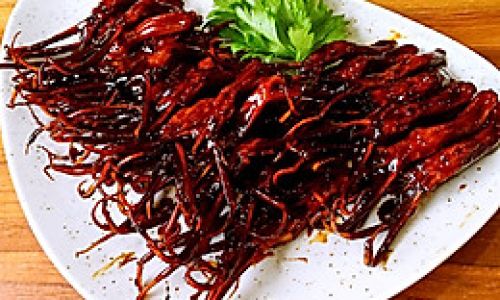
0 comments